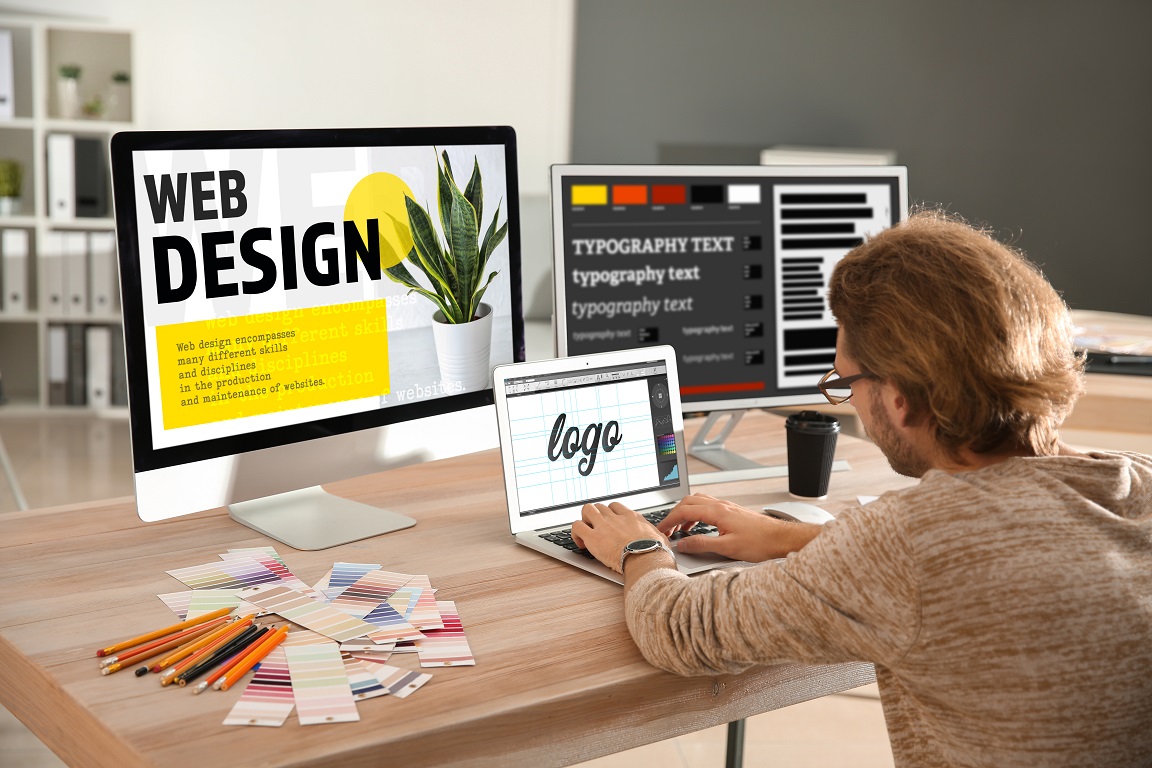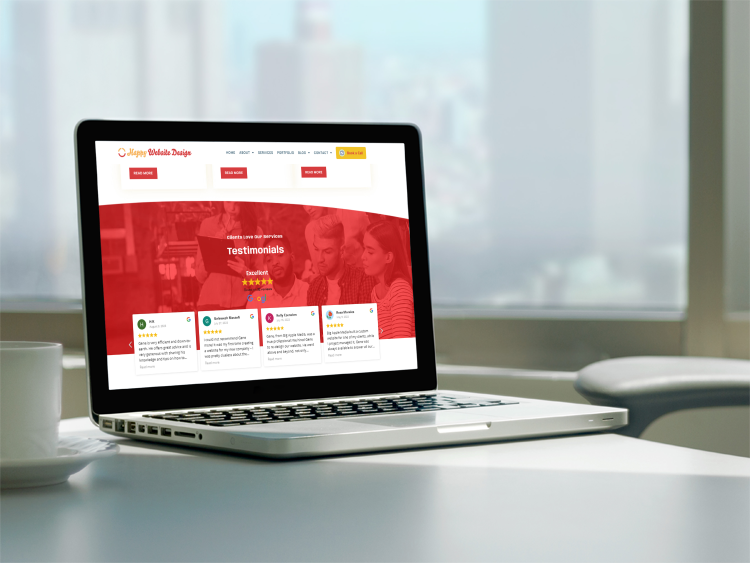Why Holistic Web Layout Is the Secret to a Smooth Customer Experience
In today's electronic landscape, the significance of alternative website design can not be overemphasized, as it delicately weaves with each other looks, use, and capability to create a seamless user experience. By adopting an extensive technique that focuses on individual requirements and leverages comments, developers can improve the total communication with their platforms. This strategic alignment not only fosters greater user contentment yet additionally has far-reaching ramifications for brand name perception and loyalty. The trip to achieving this degree of integration includes several essential factors to consider that merit further expedition.
Recognizing Alternative Web Layout
Alternative website design encompasses a thorough method that considers every element of the user experience. This technique integrates numerous elements, consisting of visual appeals, capability, content, and use, to create a smooth interaction in between the user and the electronic platform. By focusing on the individual's trip, alternative layout seeks to straighten the web site's framework and content with the demands and expectations of its target audience.

Additionally, the integration of receptive layout concepts is critical in suiting numerous gadgets and screen sizes, further enhancing the user experience. By understanding the interconnectedness of these components, developers can develop internet sites that not just bring in yet additionally preserve customers, ultimately driving involvement and conversions. Holistic web design is, for that reason, a tactical approach that cultivates a significant connection between customers and electronic spaces, leading the way for lasting online success.

Key Components of Holistic Design
An effective holistic style approach includes several crucial elements that operate in consistency to enhance customer experience. One such element is user-centered style, which stresses understanding users' needs, choices, and actions. web design consulting services. By carrying out extensive study and functionality screening, designers can produce customized solutions that resonate with the target market
An additional critical aspect is consistency in aesthetic and practical facets throughout the website. This involves maintaining a cohesive color combination, typography, and design, which assists customers browse the website with ease. Furthermore, responsive design is vital, making certain that the internet site executes optimally throughout numerous tools and display dimensions.

Access is additionally a crucial element of alternative style. By adhering to accessibility standards, developers can develop comprehensive experiences that deal with diverse user teams, consisting of those with specials needs. Moreover, the combination of content strategy ensures that valuable details exists plainly and succinctly, improving comprehension and engagement.

Advantages of a Seamless Experience
Developing a seamless user experience provides numerous benefits that substantially enhance overall contentment and engagement. At its core, a seamless experience promotes a feeling of convenience and intuitiveness, allowing individuals to browse an internet site or application effortlessly. This reduction in friction not only boosts the chance of users returning however likewise boosts their readiness to suggest the system to others.
In addition, a seamless experience results in enhanced conversion rates. When individuals discover what they need with very little effort, they are a lot more likely to complete preferred actions, such as buying or registering for a newsletter. This effectiveness equates into higher customer retention, as satisfied users are more probable to become loyal advocates for the brand name.
In addition, a natural and smooth user interface lessens cognitive tons, enabling individuals to concentrate on content instead of fighting with navigating or layout incongruities (web design consulting services). This quality not just improves individual contentment yet likewise reinforces brand trustworthiness. Eventually, prioritizing a seamless individual experience results in a competitive advantage, as companies that spend in this element are better placed to meet the progressing assumptions of their audience and drive lasting success
Applying All Natural Strategies
To achieve a really seamless user experience, organizations need to embrace all natural approaches that think about every Resources aspect of style and functionality. This approach begins with a linked vision that lines up staff member throughout different techniques, including UX/UI layout, material growth, and technical execution. Effective cooperation promotes a common understanding of user requirements and objectives, enabling for even more coherent layout choices.
Next, it is important to create individual identities and trip maps that reflect the diverse demographics and actions of the target audience. By empathizing with customers' perspectives, organizations can prepare for challenges and improve communications throughout the digital experience.
Furthermore, regular branding and messaging should penetrate every touchpoint, ensuring an identifiable and reliable presence that improves customer engagement. Integrating responsive style principles is additionally crucial, as individuals currently interact with content across several tools.
Furthermore, organizations must focus on ease of access, making certain that all users, despite capacity, can browse and take advantage of their digital offerings. By installing these alternative strategies into the style process, organizations can develop a cohesive and satisfying user experience that promotes satisfaction and loyalty.
Measuring Customer Experience Success
While achieving an all natural technique to website design is crucial, measuring customer experience success is similarly important to make certain that design approaches properly meet user requirements. This needs see page a mix of qualitative and measurable metrics to gain an extensive understanding of individual interactions and satisfaction degrees.
Secret performance indications (KPIs) such as customer interaction, conversion rates, and bounce prices supply important quantitative understandings. For instance, a high conversion rate might suggest that customers discover the design intuitive and engaging. Conversely, raised bounce rates can signal that customers are discontented or baffled, necessitating a reevaluation of the style elements.
Qualitative actions, consisting of user responses, studies, and functionality screening, are critical for getting deeper understandings into the user experience. Analyzing customer remarks can expose pain factors and areas for renovation, while functionality examinations permit designers to observe real-time interactions and identify barriers users face.
Inevitably, the integration of these dimension strategies enables continuous refinement of website design, ensuring it remains user-centered and reliable in supplying a seamless experience. Frequently revisiting these metrics will certainly make it possible for developers to adapt to advancing user requirements and preferences, solidifying the overall success of an alternative web design method.
Conclusion
In final thought, alternative website design web emerges as an essential technique to accomplishing a seamless individual experience. By integrating looks, performance, and functionality, this layout ideology addresses varied individual requirements and preferences. The concentrate on user-centered approaches not just improves navigation and satisfaction yet additionally promotes brand reliability and ease of access. Ultimately, the execution of alternative design concepts dramatically adds to improved conversion prices and client retention, establishing a durable framework for efficient electronic communications.